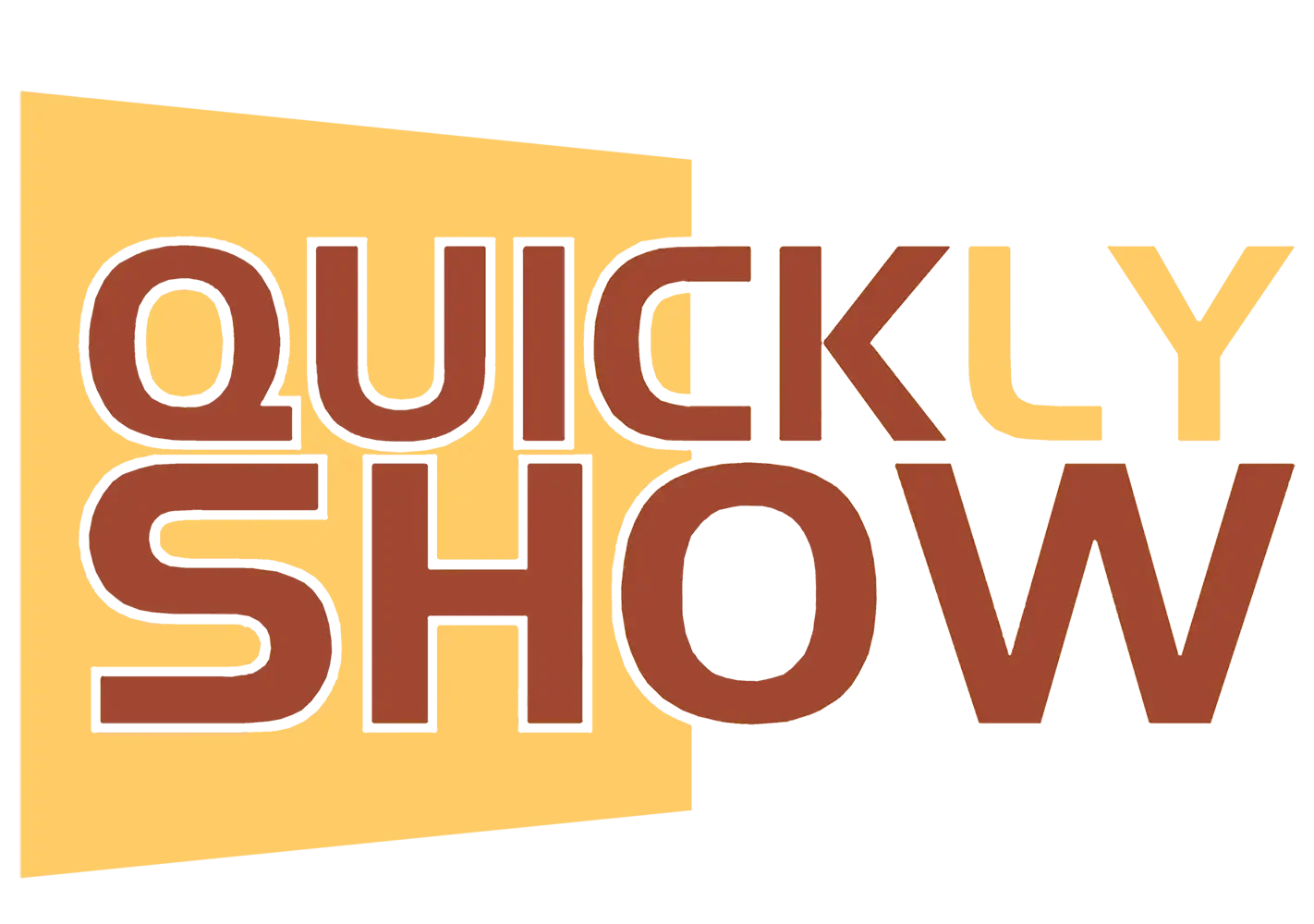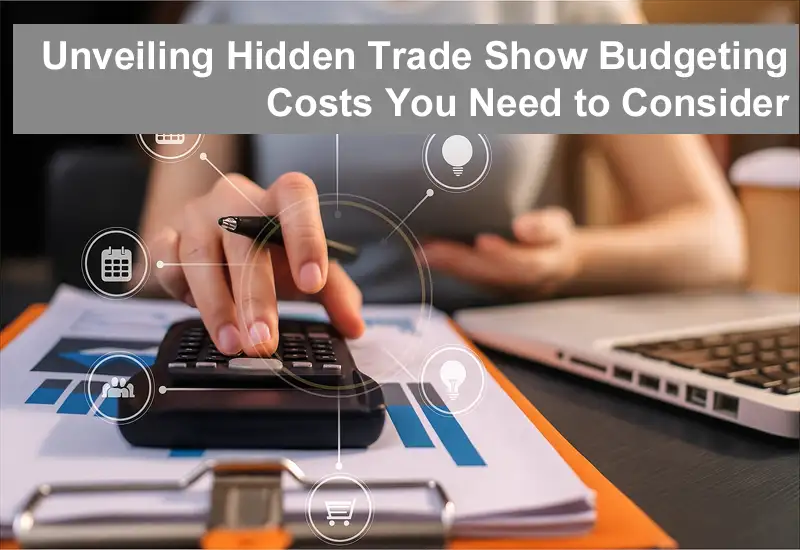No products in the cart.
Unveiling Hidden Trade Show Budgeting Costs You Need to Consider
Trade shows are powerful opportunities for networking, generating leads, and boosting brand visibility. But for many companies, budgeting remains a common pitfall. Too often, teams only consider the booth rental fee and overlook hidden costs—such as drayage fees, utility charges, or staff downtime—that can easily push expenses far beyond the initial plan.
This guide breaks down the true structure of trade show costs, highlights hidden expenses, and provides a step-by-step framework to create a realistic and effective budget—whether you’re working with trade show exhibit companies near me, exploring trade show exhibits design, or planning through professional exhibit design firms.
1. Understand the Full Picture of Trade Show Costs
A common misconception is that trade show costs equal the booth rental fee. In reality, total expenses are a combination of visible and hidden costs:
- Visible Costs: Booth rental, travel and lodging, promotional materials.
- Hidden Costs: Drayage fees, electricity and internet charges, storage, cleaning, or even the productivity lost when staff are away from daily work.
Industry research shows that total trade show spending is typically three times the booth rental fee. For example, a $10,000 booth could easily lead to $30,000 in total expenses—with hidden costs accounting for 20–30%. This insight is crucial for any company trade show planning process.
2. Why Booth Fees Don’t Tell the Whole Story
Consider this case: A company booked a 10×10 ft. booth for $12,000. They initially planned for a $15,000 budget, but actual spending reached $38,000. Additional charges included:
- $800 for drayage (moving booth materials only a few hundred meters).
- $600 for venue electricity.
- $1,200 for temporary staff.
- $3,000 for promotional giveaways.
- $15,000 for travel and lodging.
Here, hidden costs represented more than 40% of total spending—proof that booth fee ≠ total cost. This is a common challenge for exhibitors seeking inexpensive trade show booths or modular trade show displays to save on long-term costs.
3. Why Trade Show Budgets Are Hard to Predict
Two main factors make budgeting complex:
- Hidden fees: Many costs don’t appear on the initial invoice but surface later (e.g., mandatory contractors, storage fees, or shuttle services).
- Variable pricing: Charges for utilities, internet, or labor can vary widely depending on the venue, city, and booth setup.
Without careful planning, these uncertainties can derail even the most experienced trade show marketing near me strategy.
4. A Detailed Breakdown of Trade Show Expenses
To avoid surprises, break costs into categories:
- Booth-Related Costs (35–40%)
- Booth rental (standard 10×10 ft. = $10,000–$30,000; premium locations cost extra).
- Booth design and construction ($8,000–$20,000 for custom exhibit booths; modular options save 30–50%).
- Drayage and handling ($100–$300 per item, with surcharges for late or oversized deliveries).
- On-Site Services (10–15%)
- Electricity ($200–$800 per event).
- Internet ($300–$1,500).
- Cleaning ($100–$300).
- Temporary staffing ($15–$50 per hour).
- Travel and Staffing (15–20%)
- Flights ($300–$1,500 per person).
- Hotels ($150–$500 per night).
- Meals and incidentals ($50–$150 per person per day).
- Staff productivity loss.
- Logistics and Storage (5–10%)
- Shipping booth materials ($1,000–$3,000).
- Temporary storage fees ($50–$200 per day).
- Marketing and Materials (10–15%)
- Brochures, handouts, and giveaways ($500–$2,000).
- Branded signage and displays & exhibits ($1,500–$3,000).
- Lead capture tools ($1,000–$2,000).
- Contingency (5–10%)
- Emergency repairs, rescheduled flights, or last-minute client dinners.
5. Five Steps to Building a Realistic Budget
- Define your objectives first. Align budget priorities with goals—lead generation, brand awareness, or client retention.
- Use a detailed budget template. Track planned vs. actual costs across all categories.
- Get multiple quotes. Compare suppliers for logistics, printing, and trade show exhibits design. Ask about hidden fees upfront.
- Set aside 5–10% contingency. Unexpected expenses always arise.
- Review and adjust post-show. Compare actual spending against your budget to improve planning for future events.
6. Common Questions About Trade Show Costs
Q: How much should I budget for a 10×10 ft. booth?
A: Typically $25,000–$40,000. A good rule of thumb is three times the booth fee.
Q: What hidden costs are most often overlooked?
A: Drayage, paid internet, staff productivity loss, and mandatory venue services.
Q: How can I reduce hidden costs?
A: Book early to secure discounts, choose modular systems, and pre-plan travel. Using modular trade show displays or eco-friendly decoration booth ideas can also help reduce waste and long-term expenses.
Conclusion
The key to a successful trade show budget is not cutting costs at all costs, but spending wisely. By understanding both visible and hidden expenses, creating a structured budget, and preparing for unexpected variations, you ensure that your investment delivers results.
A well-prepared budget not only prevents overspending but also maximizes ROI—turning your participation into a true growth driver. Whether you’re exploring trade show exhibit companies near me, looking for inexpensive trade show booths, or working with top exhibit design firms, the right budgeting strategy ensures long-term success.
We provide one-stop booth design services worldwide and have been rooted in the industry for 18 years.If you need contact us.
WhatsApp:+8615220114725 Quicklyshow Alice
WhatsApp:+8613380363717 QuicklyShow Helen

